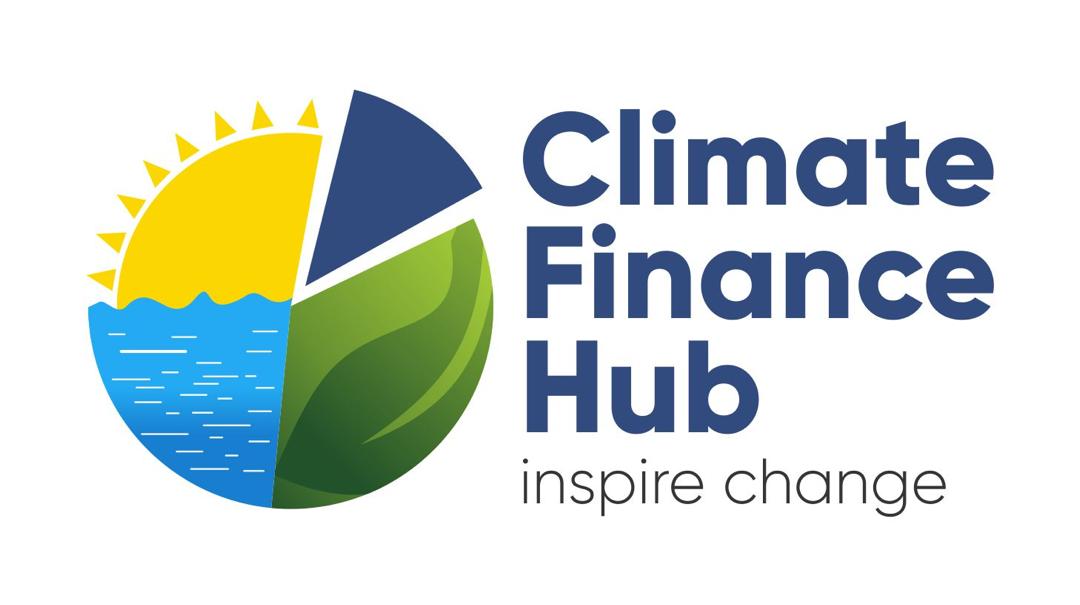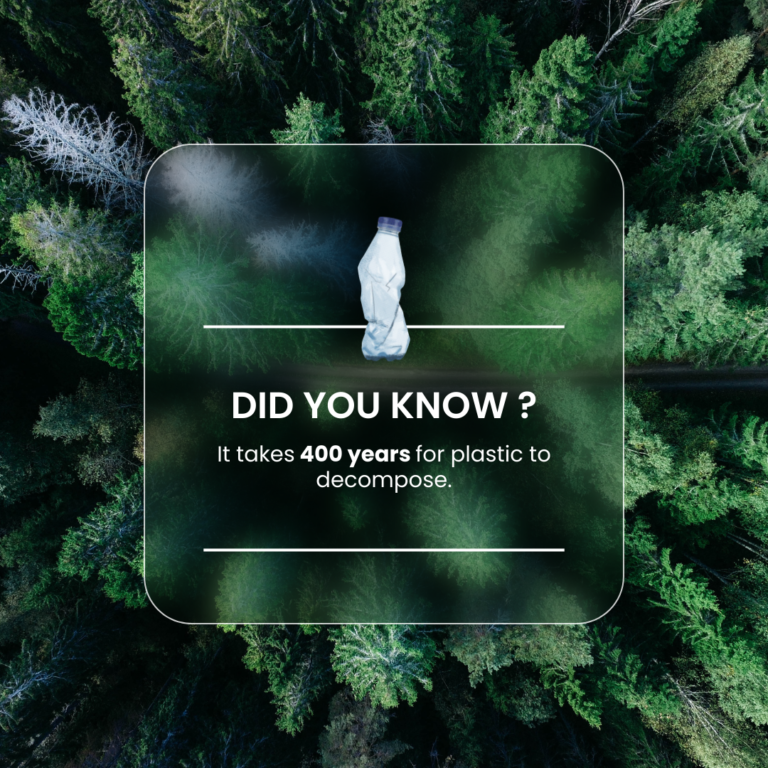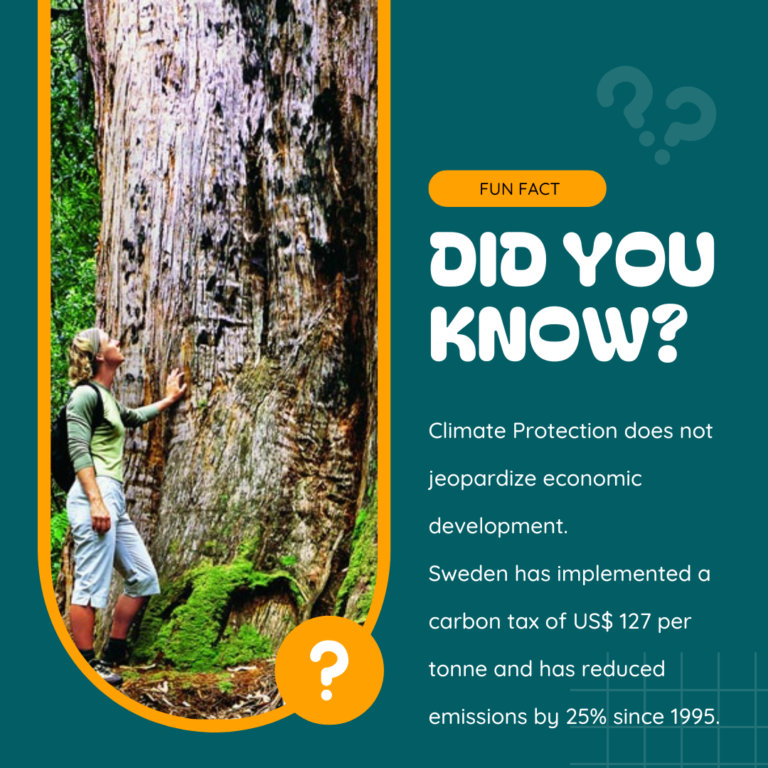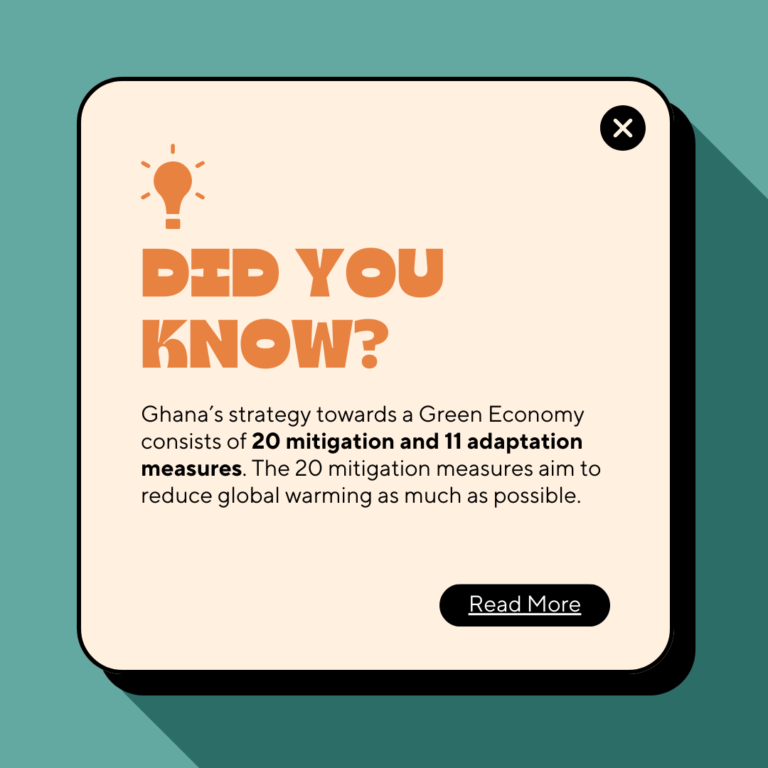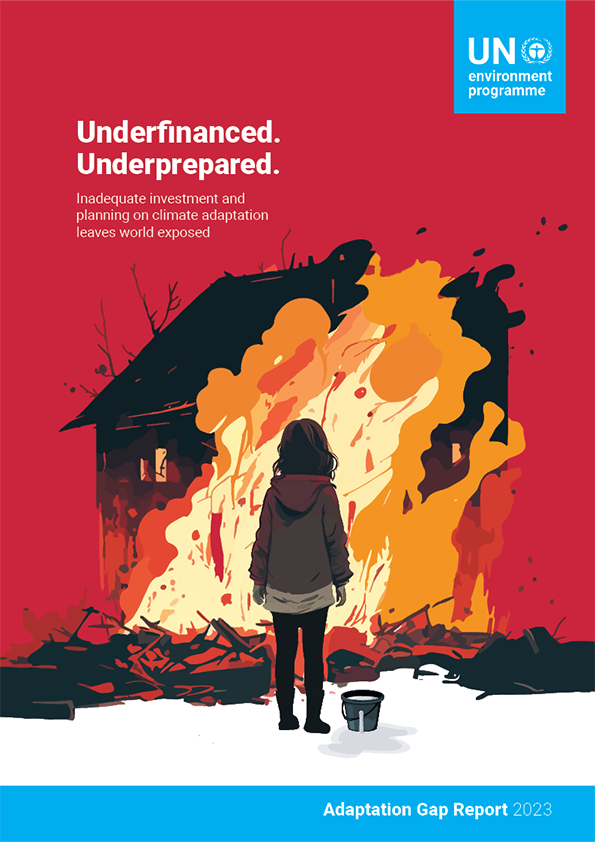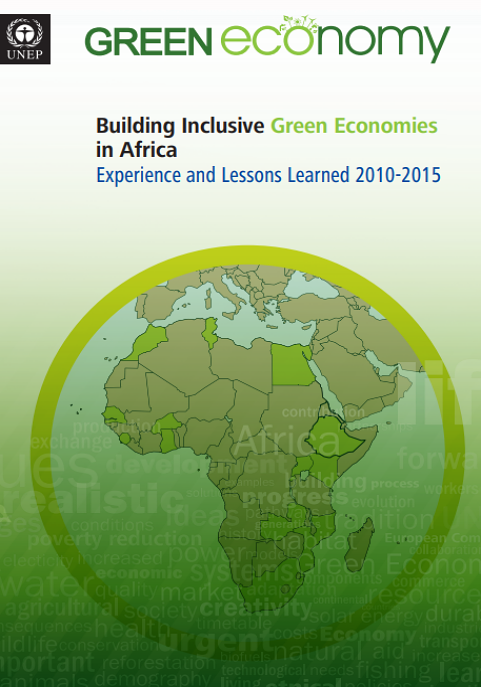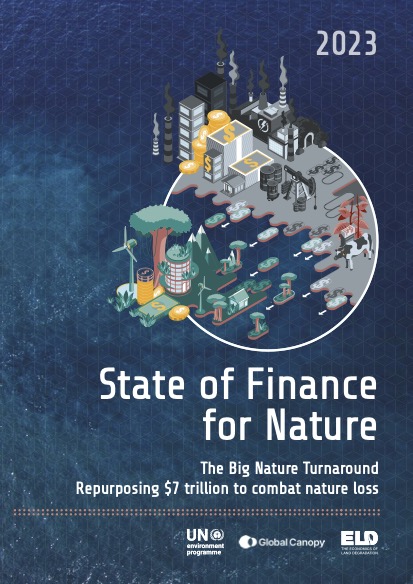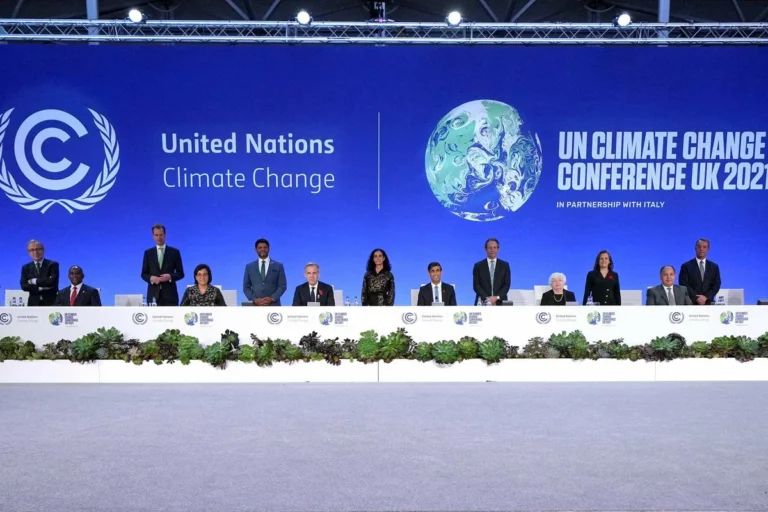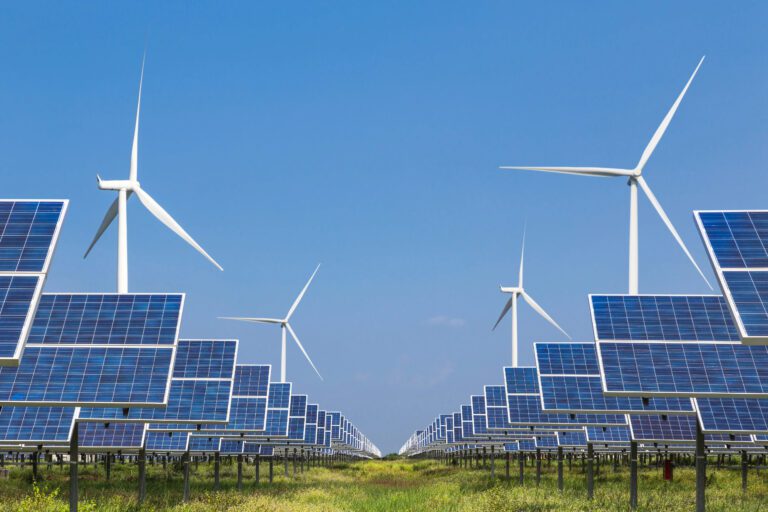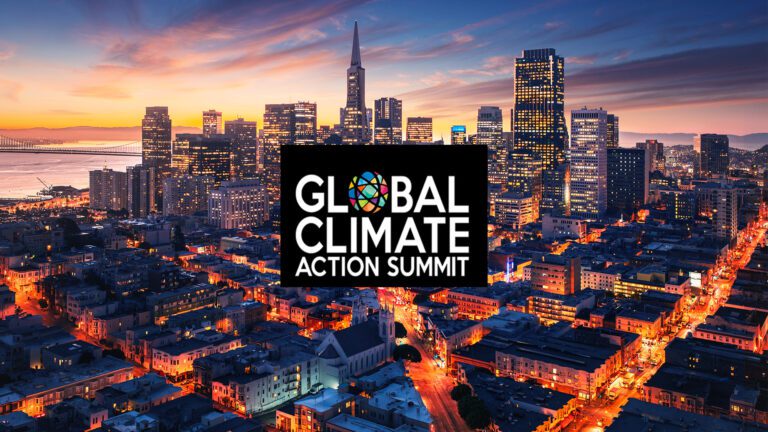Welcome TO Climate Finance Hub
About The Hub
Welcome to Climate Finance Hub, a platform for advancing climate finance in Ghana. We provide essential resources, training, and certifications for financial institutions and climate-smart enterprises.
Our platform features a Knowledge Hub, an integrated Learning Management System and specialized training programs designed to enhance the skills needed to create effective climate finance solutions.
Join us in promoting sustainable growth and resilience across key sectors.
Sponsored and Maintained by:
WHAT WE OFFER
The Climate Finance Hub partners with academia to empower Microfinance Institutions (MFIs), Micro, Small, and Medium-sized Enterprises (MSMEs), and Technical Service Providers (TSPs) to design innovative, climate-smart products and services. Through capacity-building initiatives, we equip these organizations with the tools to assess their projects’ readiness for climate funding and ensure sustainable access to financial resources for climate resilience.
The Climate Finance Hub Knowledge Hub—a dedicated resource center designed to empower financial institutions, climate-smart enterprises, and stakeholders with the information and tools needed to drive sustainable change. Here, you’ll find a curated collection of educational materials, research, insights, and practical resources aimed at strengthening climate finance initiatives across Ghana.
DID YOU KNOW?
Carbon Footprint Calculator
What Can You do?
Energy
- Consider powering your home(s) and or your business operation with solar energy.
- Opt for energy-efficient technical devices and LED light bulbs.
- Save energy by switching off devices that are not in use.
- If you use air condition, consider increasing the temperature a little. One degree can reduce significantly the carbon dioxide emissions.
Plastic
- Reduce waste, especially single-use plastic.
- Encourage your Waakye-seller to serve the food on leaves.
- Try to reuse what is still in good condition, repair, or become creative in giving your waste a second life.
- If possible, compost your bio-digestible waste. Only send non-compostable trash to the landfill.
- Whenever possible, opt for reusable glass bottles than plastic bottles or aluminum cans.
Food
- Eat less meat and dairy products as their production emits much more greenhouse gases than plant-based food.
- Reduce CO2 emission through buying regional food produce transported over short distances from the farm gate.
Construction
- If possible, reduce the use of concrete in your house as concrete has a high carbon cost.
- If possible, plant a tree, a hedge or other plants in your house. A tree can absorb approximately 2.9 t CO2 in its life-time.
- Consider permeable surfaces (e.g. grass, gravels, etc.) instead of cementing the courtyard. It also helps rainwater to drain quickly and prevents flooding.
Driving
- If possible, drive less. Consider to walk short distances or use a bicycle.
- When you are driving try to avoid unnecessary braking and acceleration. Aggressive driving can result in 40% higher fuel consumption than consistent, calm driving.
- Take care of your car: When tires are rightly inflated it can increase fuel efficiency. Also remove extra weight from your car.
Energy
- Consider powering your home(s) and or your business operation with solar energy.
- Opt for energy-efficient technical devices and LED light bulbs.
- Save energy by switching off devices that are not in use.
- If you use air condition, consider increasing the temperature a little. One degree can reduce significantly the carbon dioxide emissions.
Plastic
- Reduce waste, especially single-use plastic.
- Encourage your Waakye-seller to serve the food on leaves.
- Try to reuse what is still in good condition, repair, or become creative in giving your waste a second life.
- If possible, compost your bio-digestible waste. Only send non-compostable trash to the landfill.
- Whenever possible, opt for reusable glass bottles than plastic bottles or aluminum cans.
FOOD
- Eat less meat and dairy products as their production emits much more greenhouse gases than plant-based food.
- Reduce CO2 emission through buying regional food produce transported over short distances from the farm gate.
CONSTRUCTION
- If possible, reduce the use of concrete in your house as concrete has a high carbon cost.
- If possible, plant a tree, a hedge or other plants in your house. A tree can absorb approximately 2.9 t CO2 in its life-time.
- Consider permeable surfaces (e.g. grass, gravels, etc.) instead of cementing the courtyard. It also helps rainwater to drain quickly and prevents flooding.
DRIVING
- If possible, drive less. Consider to walk short distances or use a bicycle.
- When you are driving try to avoid unnecessary braking and acceleration. Aggressive driving can result in 40% higher fuel consumption than consistent, calm driving.
- Take care of your car: When tires are rightly inflated it can increase fuel efficiency. Also remove extra weight from your car.
Latest in Climate Finance
Stay Connected
Join our mailing list to receive email updates about our work and learn how you can make
a difference!
